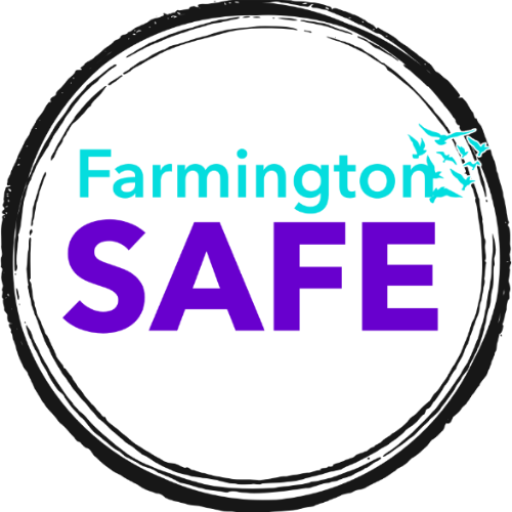By: Dr. Ken Massey
There are people in our community who are at risk of dying of a terminal illness and we can help to stop the progression of this killer. The Farmington SAFE (Suicide Awareness For Everyone) organization has a mission to reduce the incidence of suicide in our community.
Suicide is a serious public health problem that can have lasting devastating effects on individuals, families, and communities. A few sobering statistics to ensure the scope is understood: on average 38,000 citizens take their own lives every year in the United States. This equates to a death about every 14 minutes. Suicide is the third leading cause of death among persons ages 15-24 years, the second among persons ages 25-34 years. It affects every race, gender, profession, religion and social class.
The pain and suffering caused by these losses is enormous and cannot be calculated, but suicide results in an estimated $34.6 billion in combined medical and work loss costs.
So how do we deal with this difficult issue? Some might feel that it is simply too challenging. There is no simple answer because the causes of why someone would even contemplate suicide are complex and determined by multiple factors.
But the goal of suicide prevention is simple: Reduce risk factors and increase factors that are protective and promote resilience. Ideally, prevention addresses all levels of influence: individual, relationship, community, and societal.
Effective prevention strategies are needed to promote awareness of suicide and encourage a commitment to social change. That is where Farmington SAFE plays a role. We promote awareness, not just awareness of the pain, costs, and scope of suicide, but awareness that we can lower the incidence by assuring individuals who suffer from depression that they are not alone and help is just a phone call away.
Lacking resources
When the SAFE group formed in mid-2010, we knew we had citizens, our friends and neighbors, who had needs but the group had a naive notion that our community may be lacking key resources. The resources are available. What the SAFE members learned was that connecting those needing help with existing resources was the challenge. We have to be able to “talk about it.”
Suicide rarely happens without warning signs. Just like heart attacks, stroke and cancer, there are signs and symptoms. It is readily accepted that if we understand the early signs of physical illness and seek early treatment, we reduce the death rates from those conditions. We understand these because we can “talk about it.”
We see articles in print media, radio spots and television programs on cholesterol, diabetes, hypertension, colonoscopies, mammograms and arthritis. We discuss treatments and new therapies over coffee or cocktails with our friends. What about the warning signs of mental illness? Why is there a perception of stigma in that discussion? What is the reticence to discuss the issue?
This is where our community comes in. This is how we can change the world. We can change our dialog and strive for understanding, early detection, and treatment of developing mental illnesses just like we do for physical ones.
How many times a day are we asked, or do we ask, “How are you?” How often do we really listen to the answer? Let us be the community that starts listening and if we hear answers that give us pause, or see behaviors that are signals, let’s have the courage to reach out to each other and ask that follow-up question.
If the answer raises red flags, encourage the person to seek assistance or place the call for help yourself — just like jumping in to administer CPR. You might just safe a life. In this age where we are all moving fast and “too busy” to get involved, we are becoming increasingly disconnected. To a person with suicidal ideations who feels alone, and despondent, that real connection, someone who asks “how are you” and cares about the answer may be the one who changes the future.
No stigma
First though, we as a community need to understand that we can discuss these issues and that there is no stigma in getting treatment. Recently, an event was held to raise funds for the work done by Farmington SAFE. A couple at the restaurant for dinner found themselves in the middle of the fundraiser for suicide prevention work. Their comments were telling. “Here is a topic that most people refuse to even speak of, being dealt with by a group head-on, and being discussed openly in an event that was enjoyable. What a community.”
The cities of Farmington and Farmington Hills are communities that care. We can make a difference and change the world if we can change the dialog. Farmington SAFE is ready to provide you with the information and resources to help with that. Let’s do our best to let people know that we do care and there is nothing wrong in asking for help.
Let’s talk about it.
